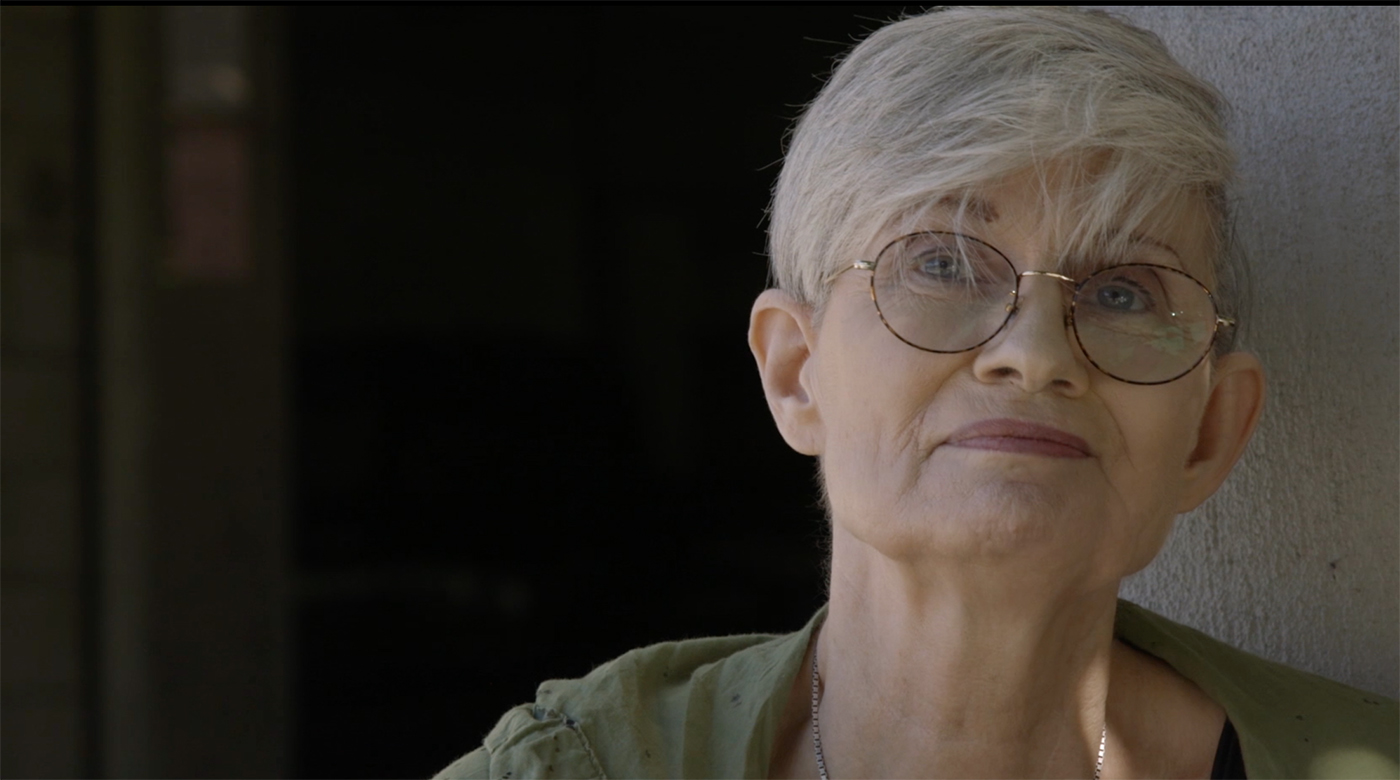Welcome to Yours in Sisterhood participant interviews! Francesca Enzler, YIS Bay Area production assistant and fundraising coordinator, talks with project participants about their experience with the project and their thoughts about the past, the present, and the future of feminism. This week Francesca talks with Jenny Wrenn, an artist whose work consists of a diverse range of materials, from painting, drawing and photography to ebooks and mixed media. Jenny read her own letter she wrote to Ms. Magazine in 1980 for the project.
Francesca Enzler: Can you tell me a little about yourself?
Jenny Wrenn: Ok–Jenny Wrenn, born in 1949; only child to older parents who’d been married before. Working class / middle class–neither parent had a college education. My father was a newspaper photographer, and mom was a stay at home wife. She had a lonely life which led to alcoholism. Without knowing about feminism, I knew of my mother’s problems as a woman. I also knew I was a lesbian and wanted to go to college, and I would need to earn my own living. BA in philosophy, MA in art, and MLS (library science). I loved college. I worked as a typist, secretary, news photographer, silkscreen artist, printing press machines operator, technical writer and prostitute for a couple of months when between jobs.
That’s quite a variety of jobs!
Yeah. Some were time limited and part time. Art is expensive to do.
When did you discover feminism?
I think 1979 or ’76… I met Joyce Nower, who started women’s studies at SDSU.
She introduced you to feminism?
Not sure, but I went to CR [Consciousness Raising] groups maybe in 1968. I did a slide show of women photographers for a workshop she organized.
How did you get involved with Yours in Sisterhood? What interested you about being involved with the project?
Irene contacted me and I loved the idea immediately: very creative and historically significant. I’d forgotten about my letter to Ms.
You were one of the a few people in the project who read their own letter sent in to Ms. Magazine. How did it feel to read your letter from the past?
Kind of weird, but I’d already been working on my memoir so I was dealing with my past.
So you were already digging into the past!
Yes.
Do you remember why you chose to write a letter to Ms? What was your motivation?
Yes, I’d read a book review about Linda Lovelace’s memoir. And I was working on photo paintings on my own prostitution days and mentioned that in the letter. I wasn’t a Ms. reader really but a friend showed me the review. I knew prostitution wasn’t understood, and a problem for feminists. I wanted to dispel myths.
You also mention in your response to your letter in the film that you felt that there were things (like sex work) that mainstream feminism didn’t understand and didn’t want to get involved with. Do you think this is still true today?
Yes, the myths persist and even though some are more accepting they confuse sex workers with sex trafficking. They may overlap sometimes, but have different problems…different issues I should say.
Were you also exploring that disconnect in your art at the time?
No, I was recruited while in a lesbian bar in 1972. But that’s not sex trafficking, and I do art about what I know. I don’t really do social action art, at least not directly.
In the film, we get a glimpse of some of your artwork. Could you tell us a little bit about your art practice (and especially about the diaristic paintings you display in the film)?
The diarist paintings done in 1979/80 were done when I was interested in unusual photographic techniques. I liked making my own photo printing paper— blue print iron salt photos and liquid photo emulsion, which was what I used. The liquid is brushed on art paper in the darkroom and when dried it’s like photo paper. You use an enlarger and expose on it in a darkroom. Then process in regular black and white photo chemicals. Then I painted and wrote on it. It must seem quite work intensive in this age of digital photos.
Today I do more drawing and oil painting and less photos. I grew up with a darkroom in the house, so I do miss it. Now it’s all Photoshop. Oh, also the diary images are self portraits.
That seems like a really interesting and very physical process! Do you feel any connection between your artwork and your involvement in Yours in Sisterhood?
Yes, I was always personally involved in my artwork and I like how Irene approached her filming process. The real connection is that my letter mentioned my artwork… the interview outside, the shots of my storage area, and the flow of life all around.
Looking through the span of time since you wrote the letter, have you seen any changes in our society? Do you have any hopes for changes that may come in the next 40 years?
Yes, I have hope. If women were in charge, the government wouldn’t be shut down. I’m happy women are running for office and for all of the marches. There is an acceptance of lesbians now. We had our wedding outside in the yard and neighbors were very happy for us.


 Jenny’s letter to Ms. from 1980
Jenny’s letter to Ms. from 1980